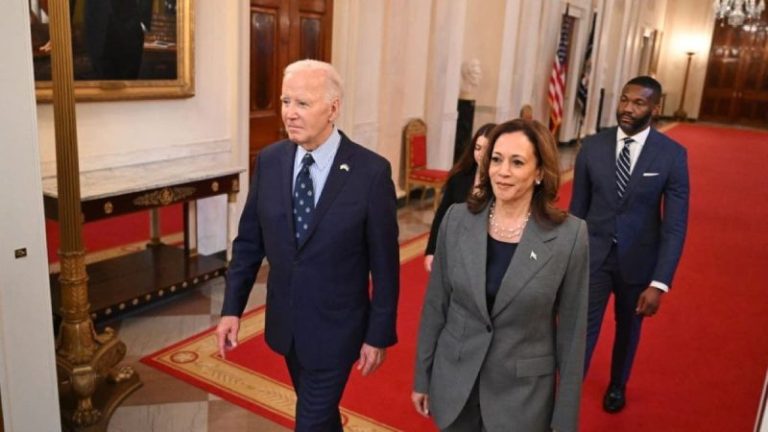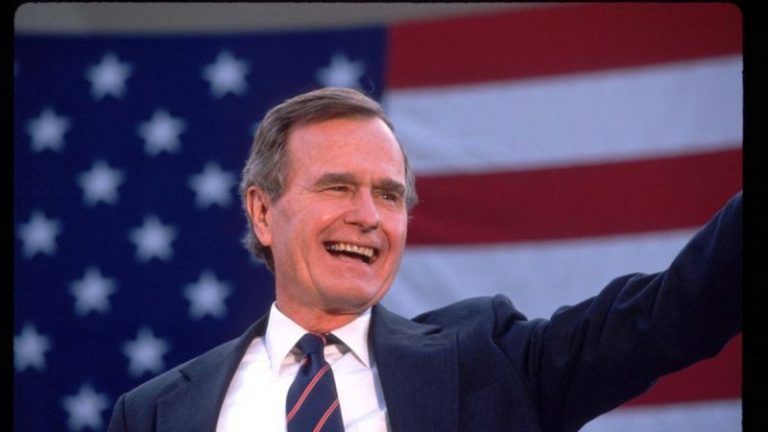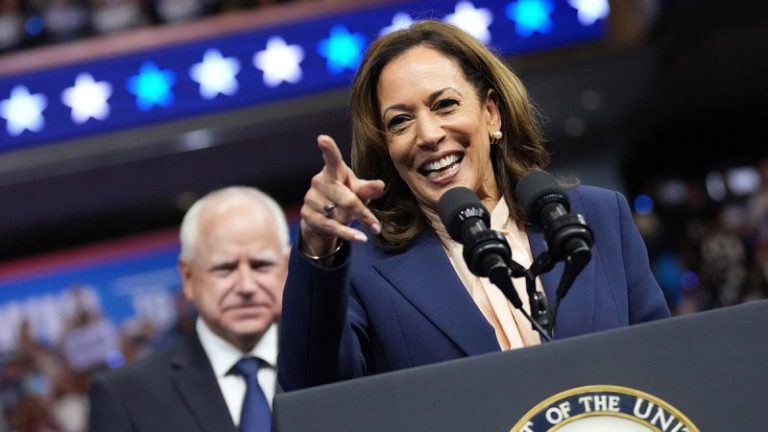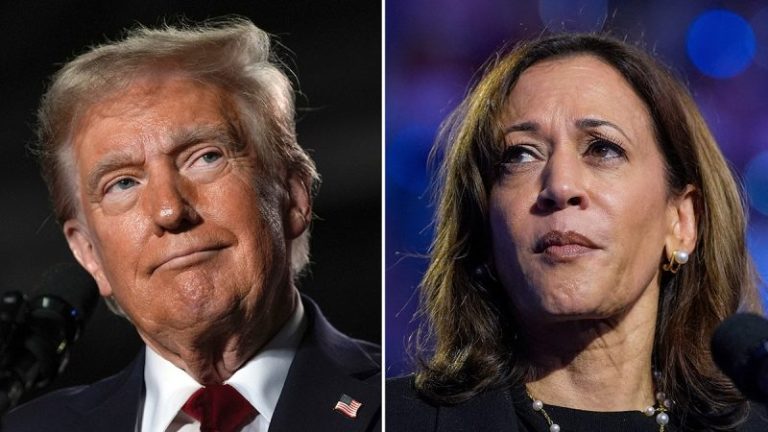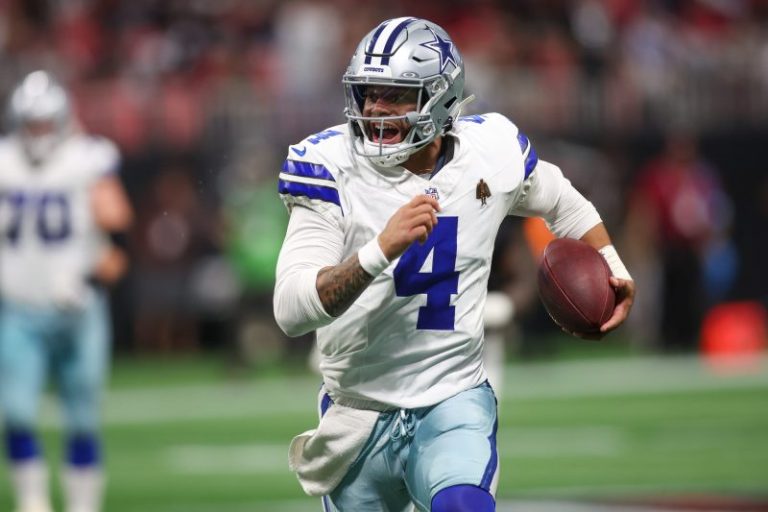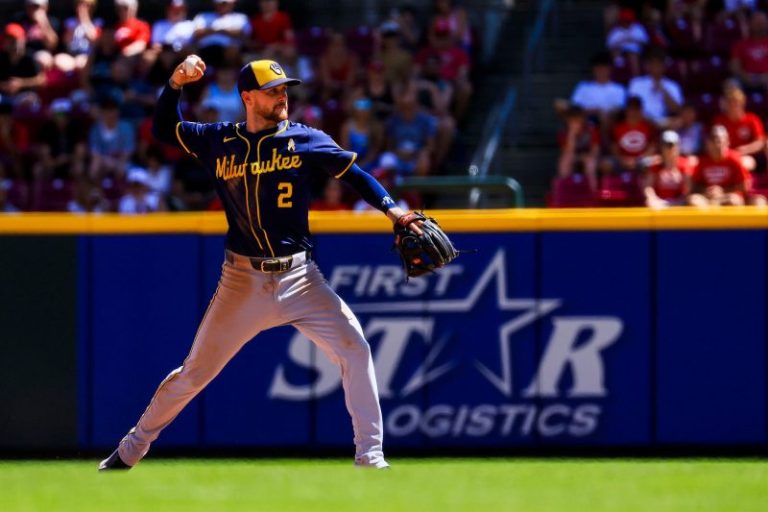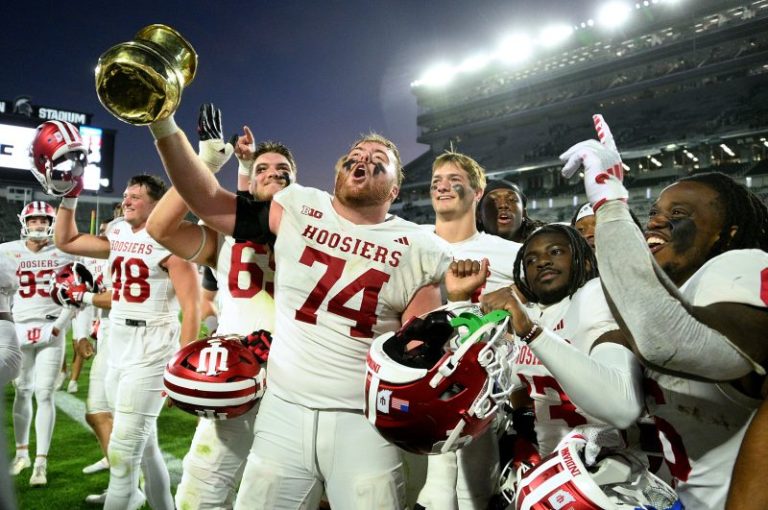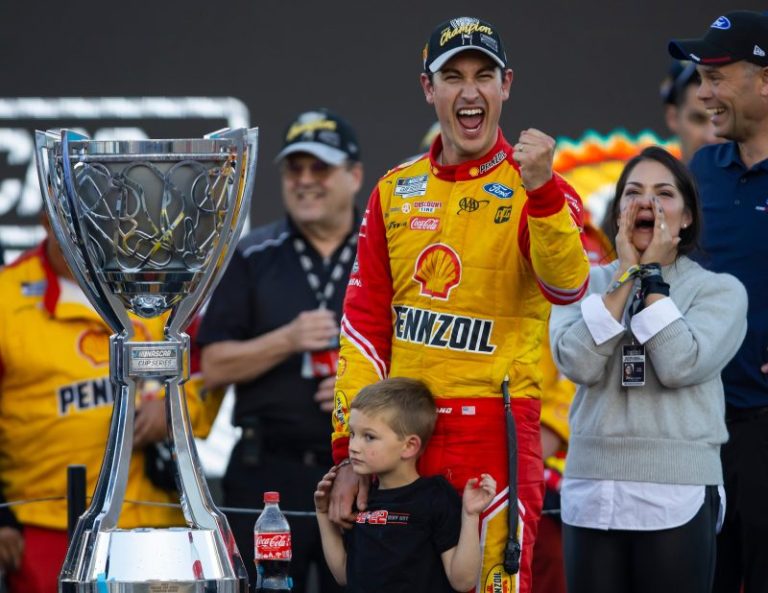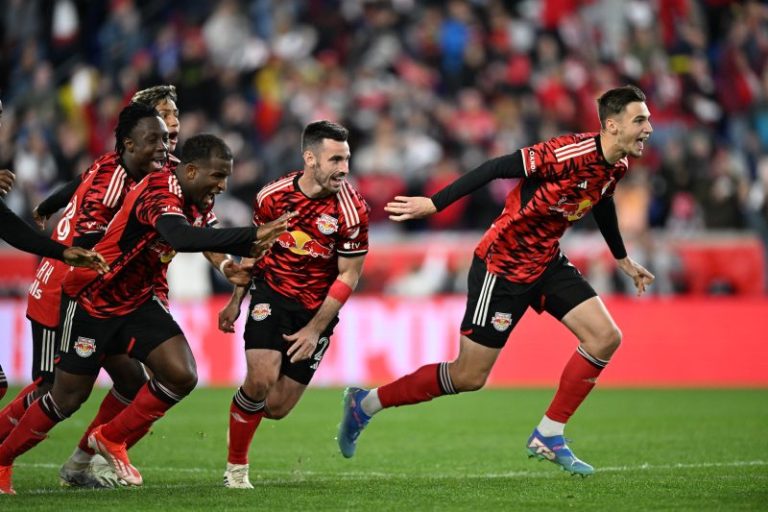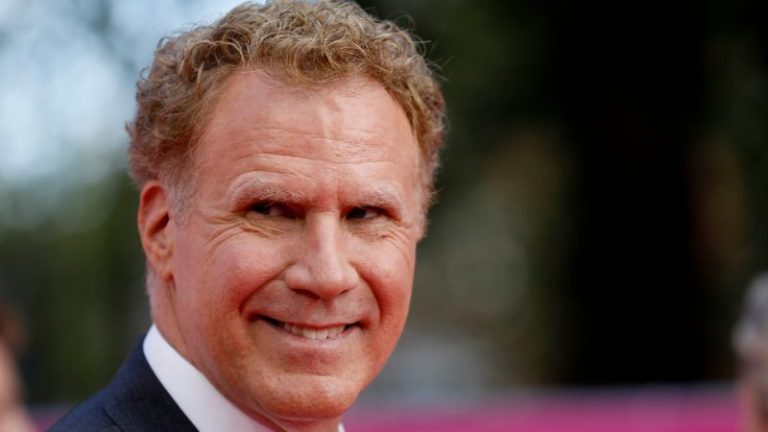JERUSALEM—The devastating wars launched by Russia’s authoritarian leader Vladimir Putin against Ukraine and the Hamas terrorist movement against Israel are raising uncomfortable questions for President Biden and Vice President Kamala Harris about their alleged lack of resolve toward an Israeli victory over the Islamic Republic of Iran-backed proxies, Hamas and Hezbollah.
Fox News Digital turned to experts on the Mideast and Russia for their reflections on the different war strategies embraced by Biden and Harris with respect to Ukraine and Israel.
‘The strategic behavior of the United States toward Ukraine and Israel differs substantially,’ David Wurmser, a former senior adviser for nonproliferation and Middle East strategy for former Vice President Dick Cheney, told Fox News Digital.
‘There has never been any indication that the United States affords Russia any legitimacy to its reasons for invasion. While a cease-fire in place may be sought, there is no indulgence of Russia’s ostensible grievances or demands,’ Wurmser said, adding, ‘In contrast, regarding the Palestinians, the October 7 attack was blasted as a horror and Israel’s immediate defense was accepted, but the thrust of U.S. policy almost immediately and certainly with ever greater intensity was that a legitimate grievance underlies Palestinian claims and led to these events.’
While many Mideast experts see the effort to establish a Palestinian state as a failed project, the Biden-Harris administration has embraced Palestinian demands and sought to push Israel to accept a two-state solution before the Oct. 7 Hamas invasion and after Hamas massacred nearly 1,200 people in Israel.
The language of Biden and Harris towards Ukraine and Israel also shows a disconnect. In September, after Russian missiles killed more than 50 during an attack on a training facility and hospital, Biden said, ‘Make no mistake: Russia will not prevail in this war. The people of Ukraine will prevail. And on this tragic day, and every day, the United States stands with them.’
Terminology that advances victory is largely shunned by Biden and Harris when discussing Israel’s ground wars against Hamas and Hezbollah in Lebanon. Biden and Harris went as far as to threaten Israel with punitive measures if the Jewish state invaded the last stronghold of Hamas in the city of Rafah. Israeli Prime Minister Benjamin Netanyhau called their bluff and defeated Hamas in Rafah, including the elimination of its terrorist leader Yahya Sinwar last month.
French President Emmanuel Macron, German Chancellor Olaf Scholz, U.K. Prime Minister Keir Starmer and Biden announced last month during a discussion of Ukrainian President Volodymyr Zelenskyy’s Victory Plan ‘their resolve to continue supporting Ukraine in its efforts to secure a just and lasting peace.’ In the same statement, the western world leaders stressed ‘ending the war in Gaza,’ a message to Israel that it recoil from its anti-terrorism war.
Israel Defense Forces have not rooted out all Hamas terrorists in the Gaza Strip and Hamas’ leadership insists on continuing its war to obliterate the Jewish state.
The juxtaposition of U.S. policies and language toward the prosecution of wars in Ukraine and in Gaza and Lebanon has revolved around blunting Israel’s paths to victory and its efforts to re-establish deterrence, argue critics of the Biden-Harris school of thought. Ukraine has not experienced the same offensive war restrictions from Biden and Harris, argue experts.
Wurmser noted that ‘Ukraine is not facing an incessant attempt from the first days of the Ukraine war of self-defense to stop the war in a way that allows its enemy to consolidate its gains and pocket a victory. Only recently has the United States begun to indicate the preference for, but did not impose material pressure on yet, Ukraine to move toward a cease-fire. Not so with Israel. From the first week of the war, the United States [has tried] to restrain Israel and press it towards a cease-fire.’
He continued, ‘From the start of the Hezbollah attack on Israel on October 8, the United States pressed Israel to minimize its response and move to a cease-fire. After the Houthis blockaded Israel’s southern port in late October 2023, sent missiles and drones into Israeli cities and attacked Israeli and world shipping, the United States pushed Israel to defer to the United States to guarantee its interests—which it then failed to do. After missiles and drones were sent by Iraqi militias in November 2023 into Israeli cities and ports, the United States similarly urged Israeli passivity but failed to provide Israel security.’
Iran’s regime supports and funds the Houthi movment in Yemen and pro-Iran Iraqi militias.
Biden and Harris have, however, imposed a restriction on Ukraine’s use of long-range missiles. Zelenskyy appealed to the White House, in a late September meeting, that Biden and Harris increase Ukraine’s leverage to defeat Russia by lifting the ban on long-range missiles that can strike Russian territory. Key Republican lawmakers also urged Biden and Harris to permit Ukraine to use the U.S. long-range missile systems.
Former U.S. Defense Intelligence Agency officer Rebekah Koffler told Fox New Digital that the ‘Biden-Harris Team has been trying to appease Iran by trying to micromanage Israel’s war fighting campaign, in which Israel is working to eliminate the existential threat. This incompetent approach — constantly pressuring Netanyahu to do a cease-fire, not letting him finish the job — is inviting escalation from Iran. Iran is emboldened, having witnessed that Biden-Harris don’t have Israel’s back. Iran has gotten so out of control that they’ve targeted Netanyahu’s home – think about that. The Ayatollahs clearly feel that Biden-Harris are on their side.’
The Islamic Republic of Iran’s Supreme Leader Ali Khamenei taunted the U.S. and the Jewish state with a ‘tooth-breaking’ response to the actions of both countries on Saturday. Iran’s regime vowed to launch a third attack on Israel in response to Israel’s Oct. 26 attack on Iran, which targeted critical military infrastructure. That attack from Israel came in response to a wave of 200-some missiles launched from Iran into Israel on Oct. 1.
The U.S. State Department referred Fox News Digital to the White House for a comment. The White House and the Harris campaign declined to respond to Fox News Digital press queries.
Fox News’ Anders Hagstrom contributed to this report.

